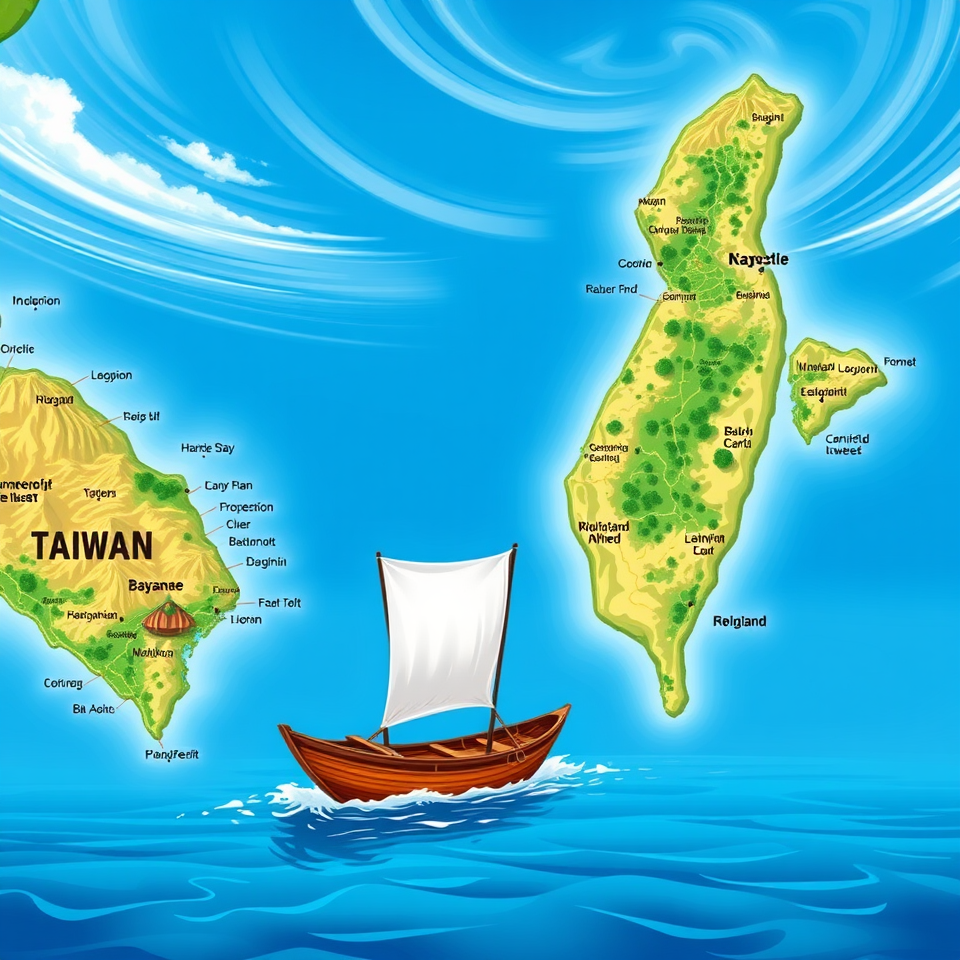Richard Sanders in Kaoshiung, Taiwan
The Ivatan language, a member of the Austronesian language family, boasts a rich and complex history that traces its origins back to southern Taiwan. This fascinating language is not just a means of communication for the people of the Batanes archipelago in the Philippines; it is also a cultural treasure that embodies centuries of interaction with various cultures.
Historically, the Ivatan language has been heavily influenced by Spanish and Chinese dialects, a reflection of the 210 years of Spanish colonial rule from 1668 to 1898 and the subsequent presence of Spanish missionaries. The linguistic variety has led some to describe Ivatan speech as musically reminiscent of Southern Chinese accents, while others liken it to the chirping of birds.
Recent research has illuminated the connections between the Ivatans and their Austronesian ancestors from Taiwan, who first settled in the Batanes islands over 2000 years ago. This historical migration has contributed to the unique characteristics of the Ivatan language, which retains elements distinct from other Austronesian languages.
Within the province, three primary variations of Ivatan exist: Ivasayen (the original Proto-Batanic), Ichtbayaten (the first variant to diverge), and Isamurungen, known for its unique tonal qualities. Despite the influences of foreign languages, Ivatan remains a resilient language, preserving its core attributes across generations.
The Ivatan language is marked by its distinctive phonetic features, including four vowels and 21 consonants, along with unique sounds not found in Filipino. The language’s grammar and pronunciation exhibit fascinating idiosyncrasies, making it a subject of ongoing study and intrigue among linguists.
As the Ivatan language continues to evolve and adapt, it stands as a testament to the rich cultural tapestry of the region, a living legacy that reflects the history and identity of the Ivatan people.
A Guide to Ivatan Language Pronunciation
Vowels:
- a (avang)
- e (as in Spanish names, mostly a schwa sound)
- i (ipula)
- u (uvi)
Consonants:
- 21 consonants: b, ch, d, f, g, h, j, k, l, m, n, ñ, ng, ny, p, r, s, t, v, w, y, plus the schwa sound (ә).
Diphthongs:
- aw, iy, ay, ey, uy
Pronunciation Notes:
- Vowels a, i, u are pronounced as in Filipino.
- Vowel e is pronounced as a schwa (Ə) in most contexts, except in Spanish proper nouns and borrowed words where it takes the traditional e sound.
- The consonant v is prevalent in Ivatan, unlike in Filipino, and is pronounced distinctly.
- Unique sounds such as “x” in words like “vuxan” (moon) are represented using the letter x due to the absence of an equivalent in English and Filipino.
This guide serves as an entry point for those interested in exploring the Ivatan language, which remains a vibrant part of the cultural identity of the Batanes people.

